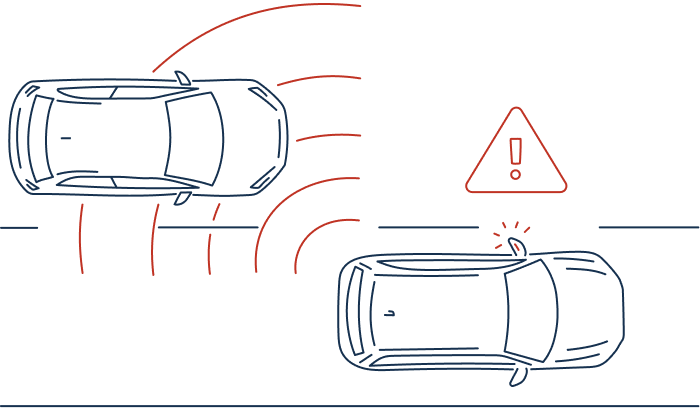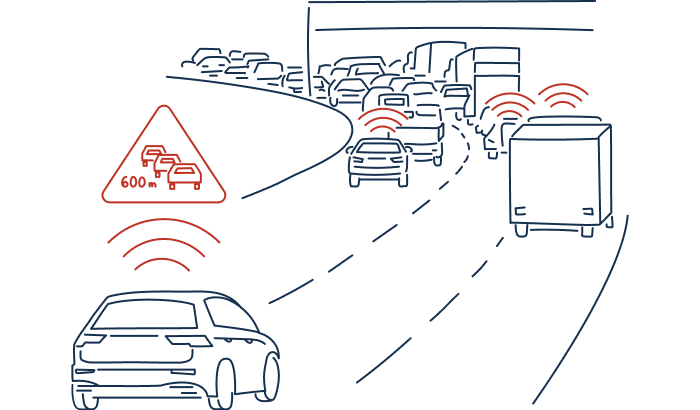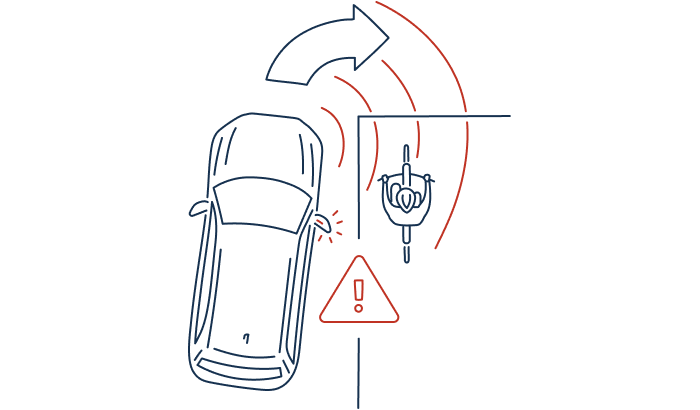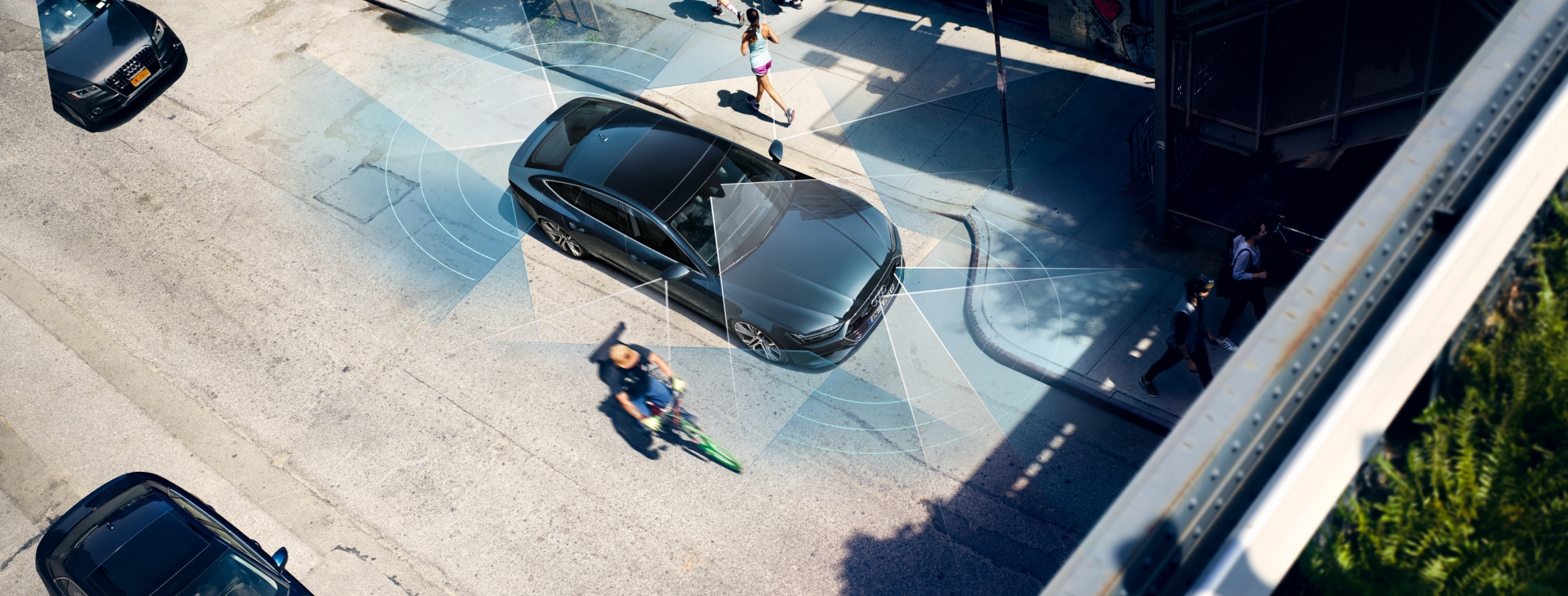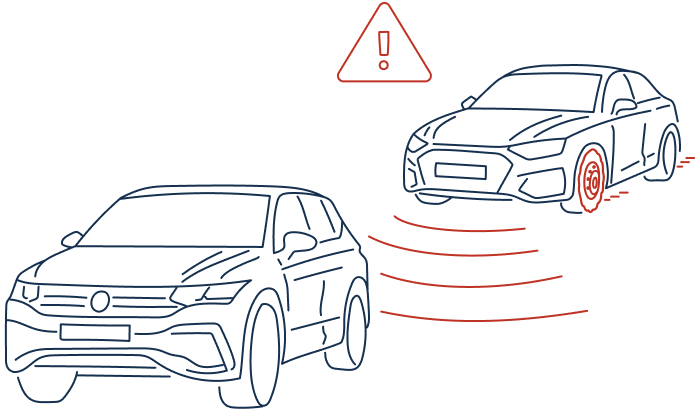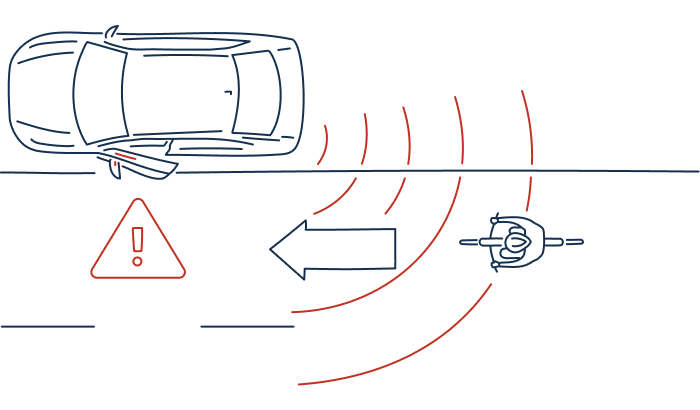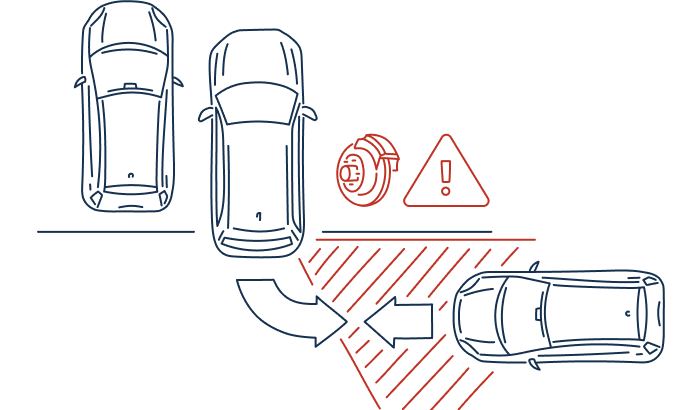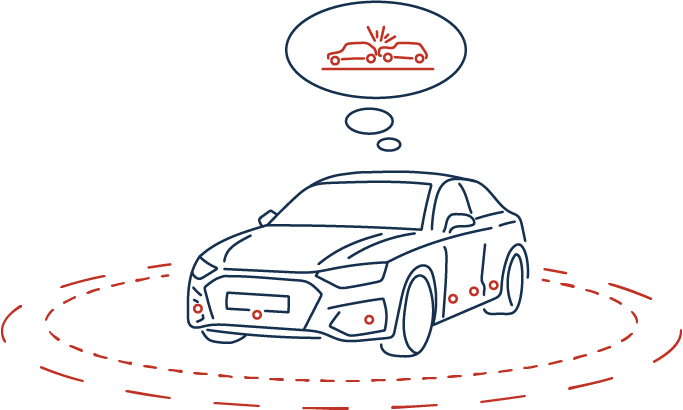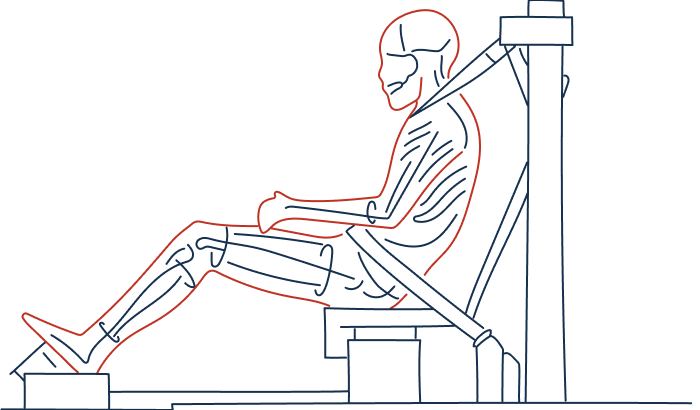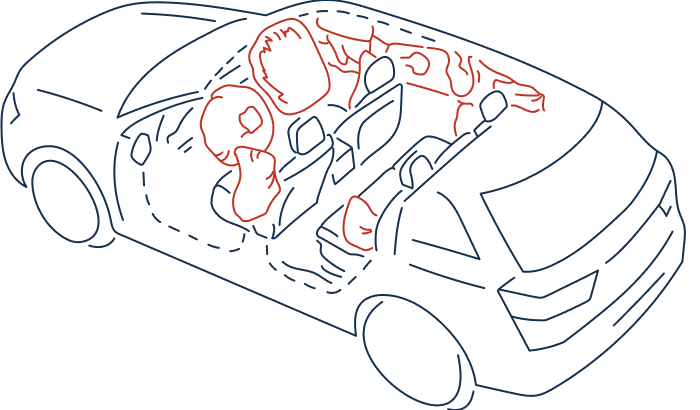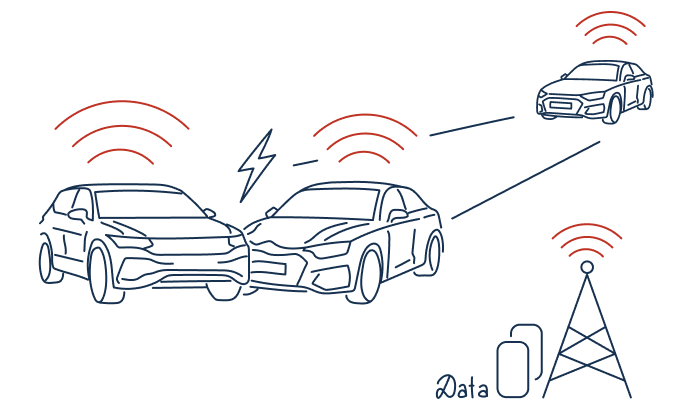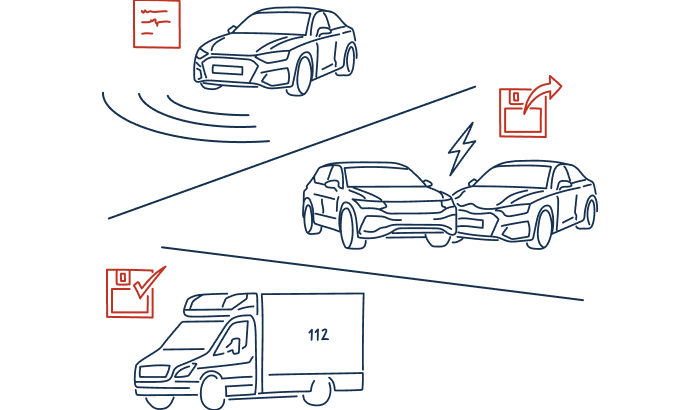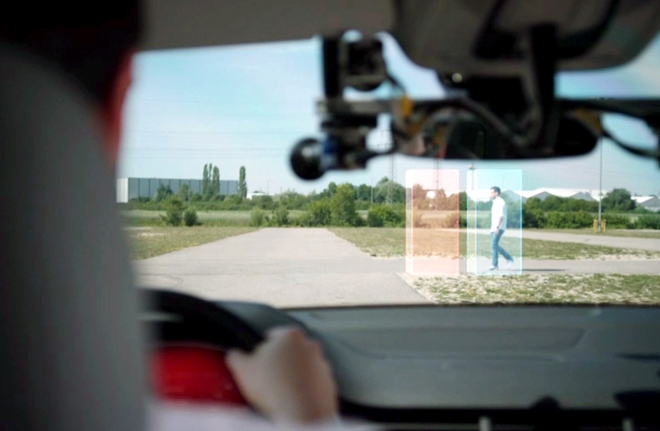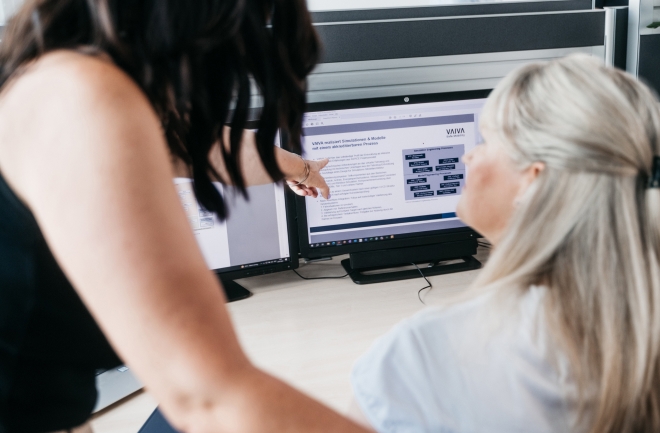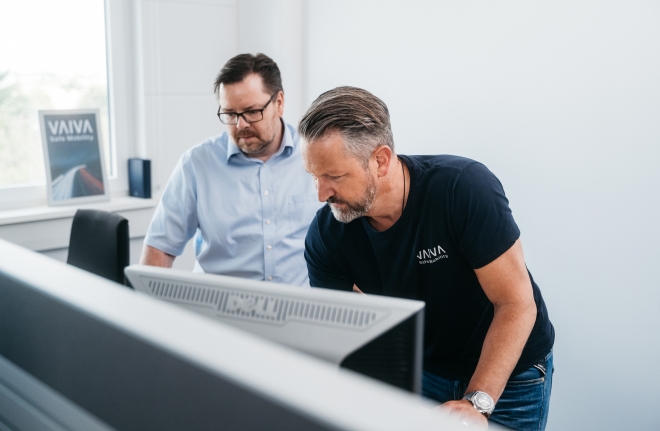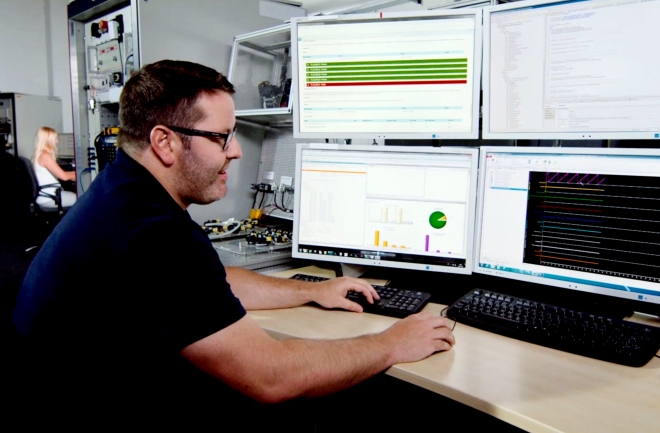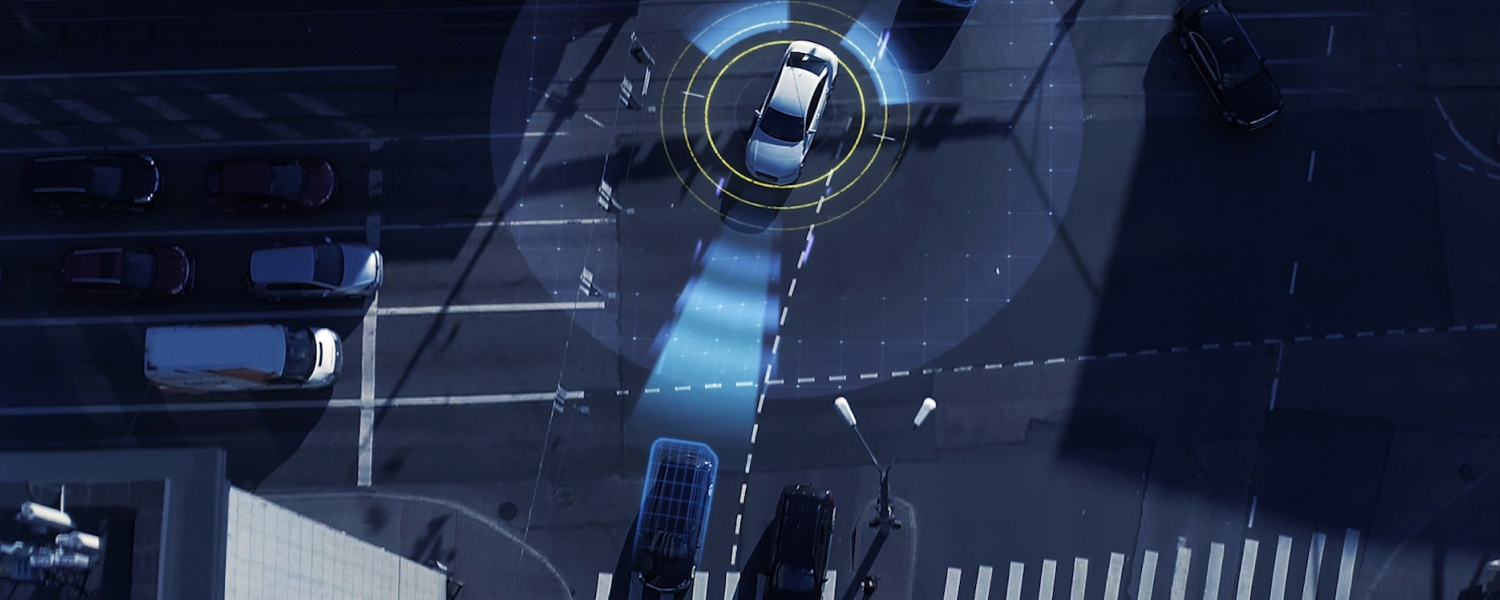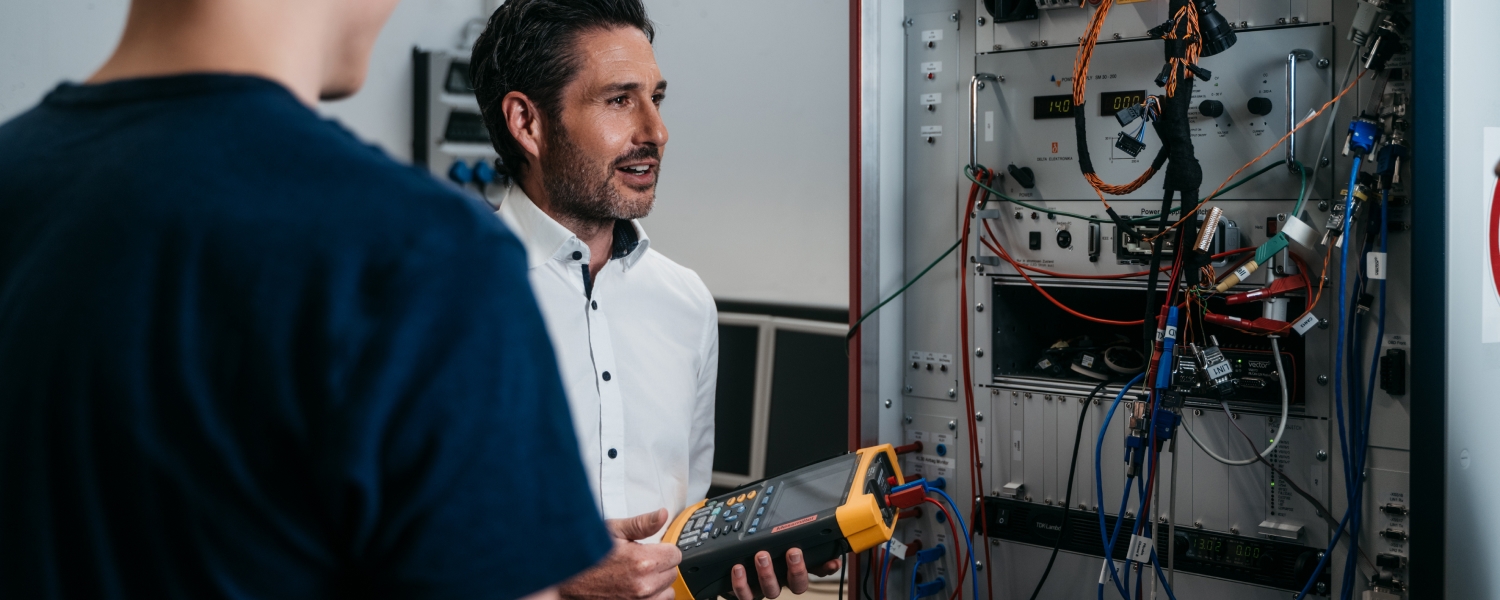Robust and fast: our processes, tool chains and
development frameworks
In the area of algorithm and software development, we rely
on strong and uniform methods and processes. We also place
high value on the early use of simulation technologies.
Our algorithms and predictors are developed in line with
top-down design principles for detailed system
understanding, then implemented and validated in
compliance with the ASIL (automotive safety integrity
level) classification scheme. Within this context, we work
with innovative tools such as the SceneInspector for
incremental probabilistic simulation or with proven
frameworks such as ADTF (automotive data and time-triggered
framework), that continuously support the system
engineering process.
Functions, systems and software for integral safety must
be developed in accordance with international automotive
standards. Internal and external audits, as well as our
projects, regularly confirm this compliance such as with
respect to the ASPICE (automotive software process
improvement and capability determination) level 2
requirements.
